Am I Hiring an Independent Contractor or an Employee?
Employers have long used independent contractors (workers who are not economically dependent on an employer for work and who are in business for themselves) to fill gaps given changing business needs.
History
On January 9, 2024, the Department of Labor (DOL) issued a new rule changing its analysis for classifying workers as employees or independent contractors under the Fair Labor Standards Act (FLSA). The new rule goes into effect on March 11, 2024. However, it has been highly contested since released and may change or become ineffective prior to March 11.
New Rule
The new rule requires employers to use 6 factors, weighed equally, in its classification analysis of whether the worker is an employee or an independent contractor. This is a significant change to the prior DOL rule which gave greater weight to 2 factors: control over the work and opportunity for profit or loss which carried greater weight in determining FLSA status.
The 6 equal, core factors for the analysis are:
Opportunity for profit or loss depending on managerial skill: can the worker make or lose money based on their ability to manage their work effectively, using their judgment and business skills?
Investment required for the task: has the worker or employer invested money or resources in a way that resembles a business or a typical independent contractor investment?
Permanence of the working relationship: is the working relationship long-term or ongoing?
Nature and degree of control: does the employer determine the worker's schedule, directly supervise how the work is performed, or impose restrictions on the ability to work for other employers?
Extent to which the service rendered is an integral part of the employer’s business: is the work performed integral to the employer’s business?
Skill and initiative: does the worker use specialized skills to perform the work and do those skills resemble managing a business or only performing a job?
The 6 core factors under the new rule should assist employers with an analysis of the working relationship, but no 1 factor is more important than any other.
It’s complicated!
All of this may be confusing to both employers and independent contractors because there is no single test to evaluate independent contractor status for all purposes. A worker may be considered an independent contractor for some purposes (such as wage and hour law) and an employee for others (for example, unemployment insurance). It’s complicated because different tests apply under different laws, both at the federal and state level. The IRS, NLRB, and individual states all have slightly different tests. Since the employer is responsible for classifying workers correctly, employers should satisfy every test applicable where business is conducted.
Other Considerations
If an employer fails to withhold federal or state income taxes on behalf of a worker improperly classified as an independent contractor, and the individual fails to pay the taxes, the employer may be liable to pay the taxes that were required to be withheld but were not.
Independent contractors are not eligible to receive tax-free benefits. If the company chooses to offer health care benefits to an independent contractor, the contractor must pay income taxes on the value of the benefit. If the company includes an independent contractor in its defined benefit pension plan, it risks losing the tax-exempt status of the plan.
An employee could file a claim for unemployment compensation and be denied benefits if the agency believes that the employee was misclassified as an independent contractor. If the employer misclassified the worker, it could be liable for penalties, interest, and unpaid unemployment insurance premiums.
Audit Now
Employers should conduct internal audits to validate their classification of employees and independent contractors and assess whether any reclassification is needed.
Audits should include a review of independent contractor contracts and an economic reality test on each contract including the 6 core factors.
Once the audit is complete, employers can assess potential risk and determine whether reclassifications are needed to mitigate any risk. Employers should use whatever regulation and/or standard that is the most stringent given their circumstances.
Tips for Human Resources
Establish formal policies and procedures for retention and use of independent contractors that are publicized through the organization.
Assess independent contractors based on laws governing your and their business activities.
Use written independent contractor agreements containing the language needed to establish the independent contractor classification, which may be state specific.
Establish protocols that identify whether an employee or an independent contractor is needed.
Create a reliable talent pool of independent contractors whose work you trust and who you can quickly engage if needed.
Design a thoughtful onboarding and orientation process to position independent contractors for a successful relationship with your company, but do not treat them like employees. Share relevant company policies or procedures to ensure they understand and comply with those that may impact their work.
Periodically audit each independent contractor engagement to proactively identify risk areas.
Business leaders and units should engage with Human Resources when recruiting independent contractors, to ensure correct classification and mitigate other risk factors.
Utilize independent contractors to broaden your inclusion and diversity strategies.
